Thinking of getting a snake plant? Learn the essential things to know about snake plant care to keep your Sansevieria thriving. Perfect tips for beginners and pros alike!
Known as Sansevieria or Mother-in-Law's Tongue, snake plants stand out with their architectural beauty and incredible durability.
Whether you're a newbie or a seasoned plant enthusiast, you'll find snake plants to be a rewarding addition to your space. Here are nine essential tips for keeping your snake plant healthy and vibrant.

Top 9 Things to Know About Snake Plant Care
To turn your snake plant into a thriving green buddy, you’ll need to nail down these key care aspects—from picking the right type to mastering watering, light exposure, and where to place it in your home.
1. Getting to Know Your Snake Plant
Before you get into the nitty-gritty of plant care, let’s talk about the different faces in the snake plant family. Depending on your style and space, here’s a lineup you might consider:
- Sansevieria trifasciata 'Laurentii': This classic snake plant has yellow-edged leaves that stand upright in striking patterns.
- Sansevieria cylindrica: If you’re into a more avant-garde look, this one has cylindrical, spear-like leaves.
- Sansevieria 'Moonshine': Prefer something subtle? Its broad, silvery-green leaves bring a gentle, modern vibe.
- Sansevieria 'Futura Robusta': Perfect for smaller spaces, this guy features compact dark green leaves with playful light green patterns.
- Sansevieria 'Whale Fin': Featuring large, wide leaves that resemble a whale's fin, this variety makes a bold statement in any space.
Each variety has its own charm, helping you pick a plant that’s just right for your personal taste and space needs.
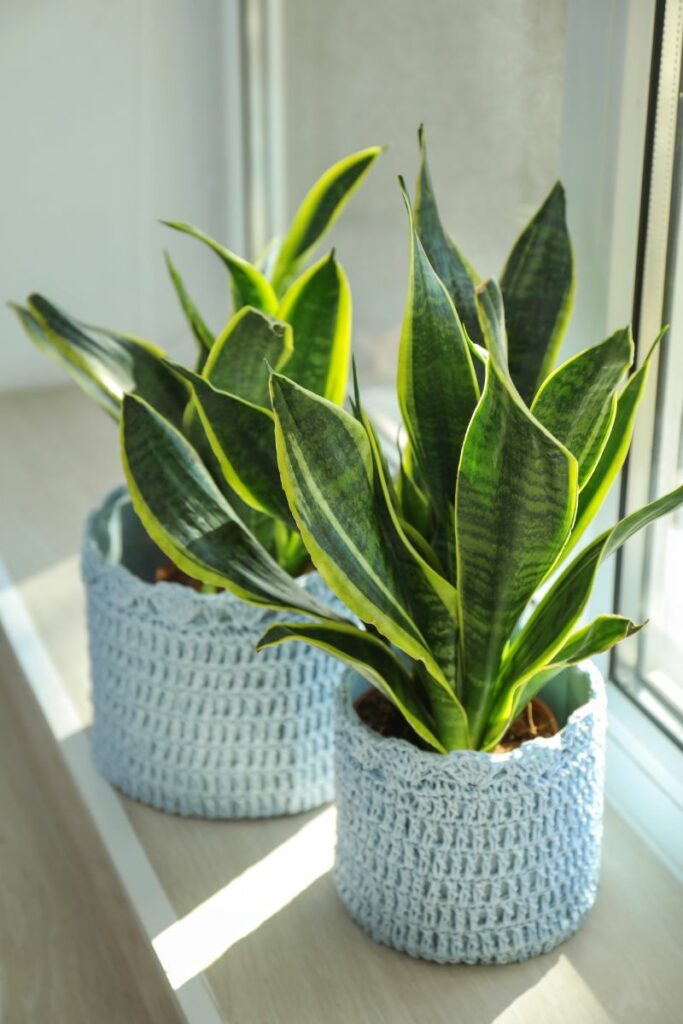
2. Lighting the Way: Finding the Perfect Spot
Snake plants are champs when it comes to adapting to different light conditions. They’re pretty low-maintenance, thriving in low light to direct sun.
But here’s a pro tip: they do best in moderate to bright, indirect light. That’s your sweet spot for promoting healthy growth.
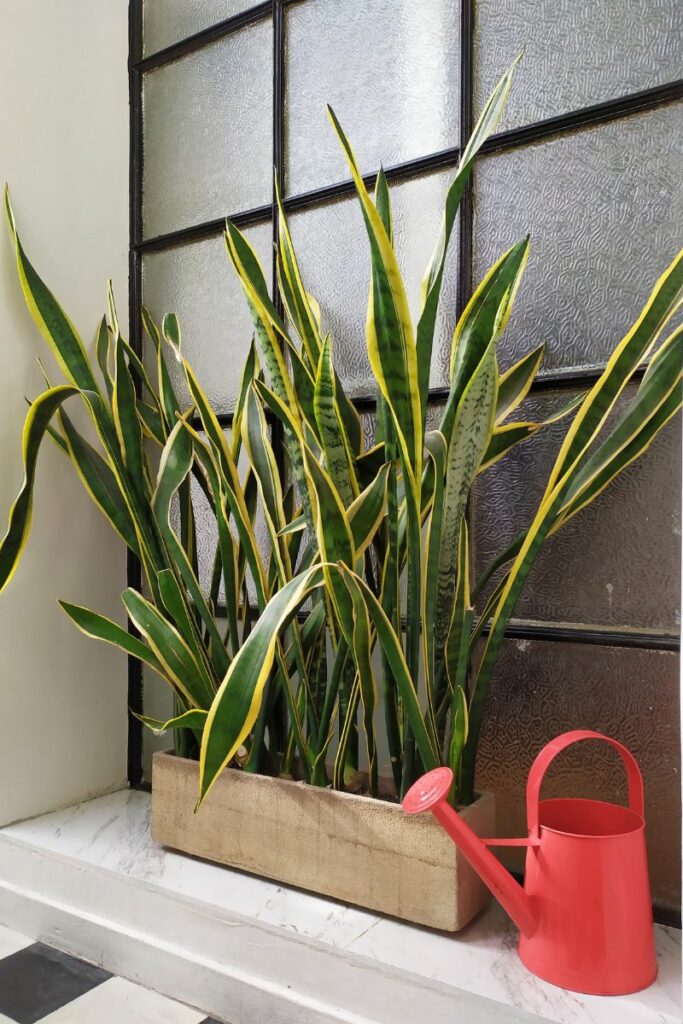
3. Watering Wisdom: Less Is More
When it comes to watering, the golden rule is—don't overdo it. Let the soil dry out completely between waterings, especially during the colder months.
Overwatering is a no-go as it can lead to root rot, which is enemy number one for snake plants.
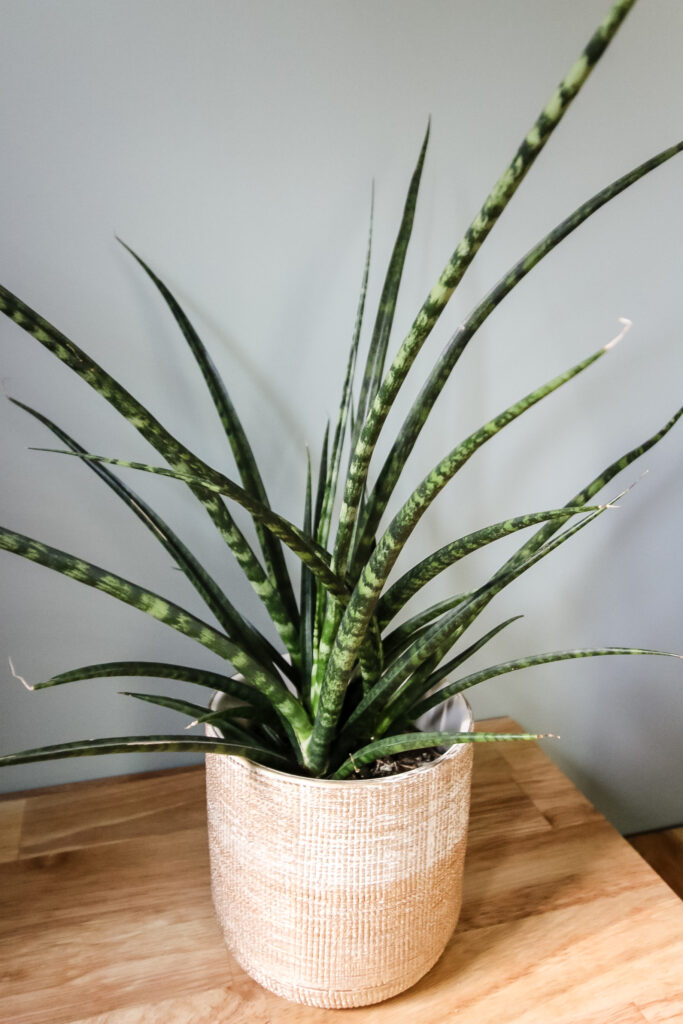
4. Soil and Potting
Alright, let’s talk about soil!
You can use a well-draining potting mix and make sure your pot has drainage holes. This setup prevents water from turning your snake plant's roots into a soggy mess.
When it’s time for a change, choose a new pot that’s just a bit larger than the current one. This keeps the soil from retaining too much moisture and helps avoid root rot.
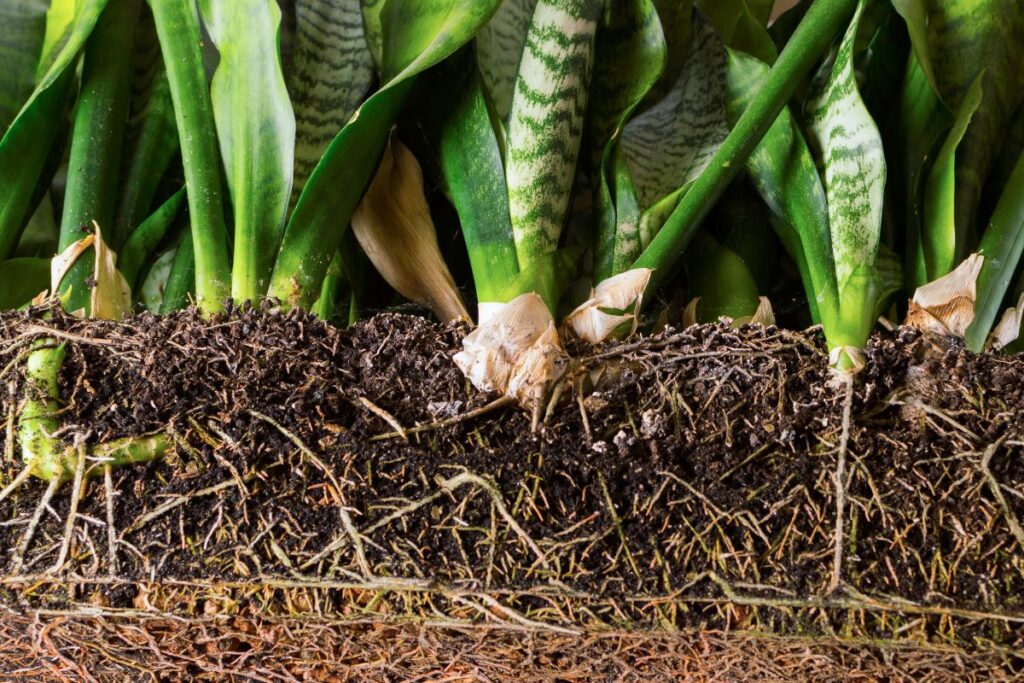
5. Feeding Fundamentals
Snake plants are pretty low-maintenance when it comes to food.
A half-strength dose of general-purpose houseplant fertilizer a few times during the growing season (think spring and summer) is all they need.
No need to overfeed; your snake plant likes to keep it light!
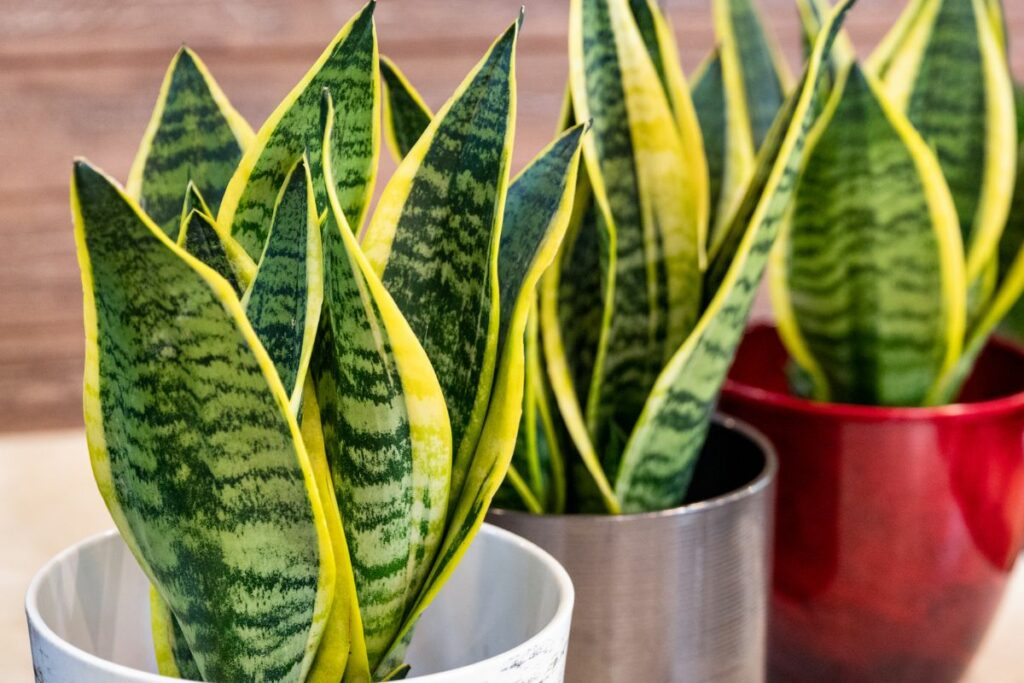
6. Temperature and Humidity
These hardy plants prefer temperatures between 55-85°F (13-29°C) and can tolerate dry air, making them ideal for most homes.
However, they appreciate a bit of humidity now and then. Try misting them occasionally or placing a humidifier nearby to see them really thrive.
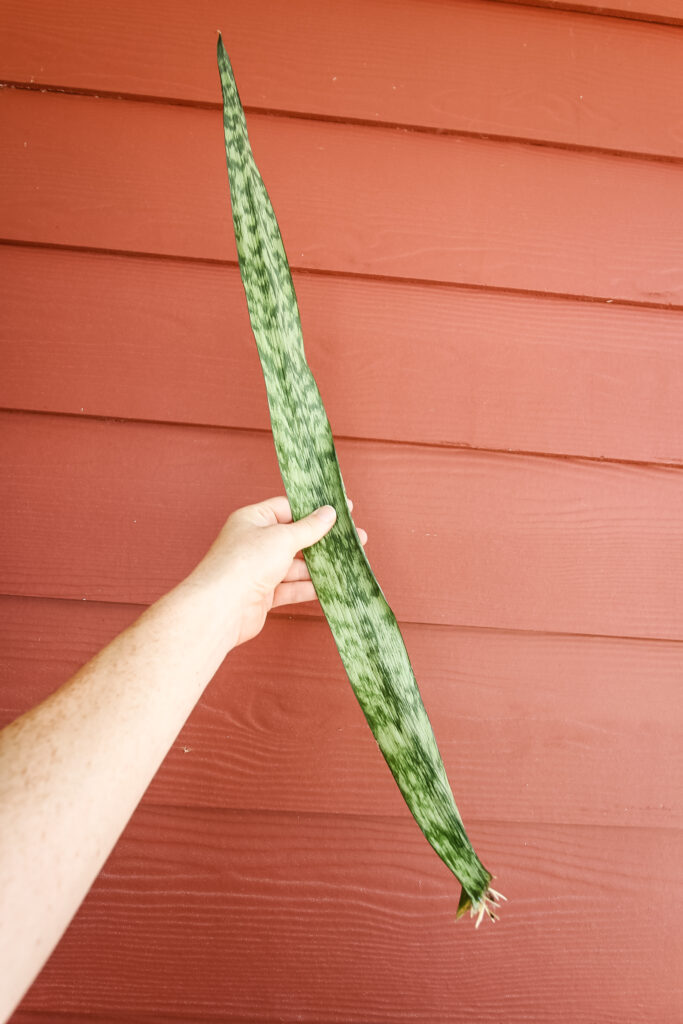
7. Propagation Pro-Tips
Want more snake plants? They're super easy to propagate through leaf cuttings or division. It’s a great way to grow your plant family or share with friends.
Just remember that propagation takes patience, so don’t rush the process. You can read more about my snake plant propagation tips here.
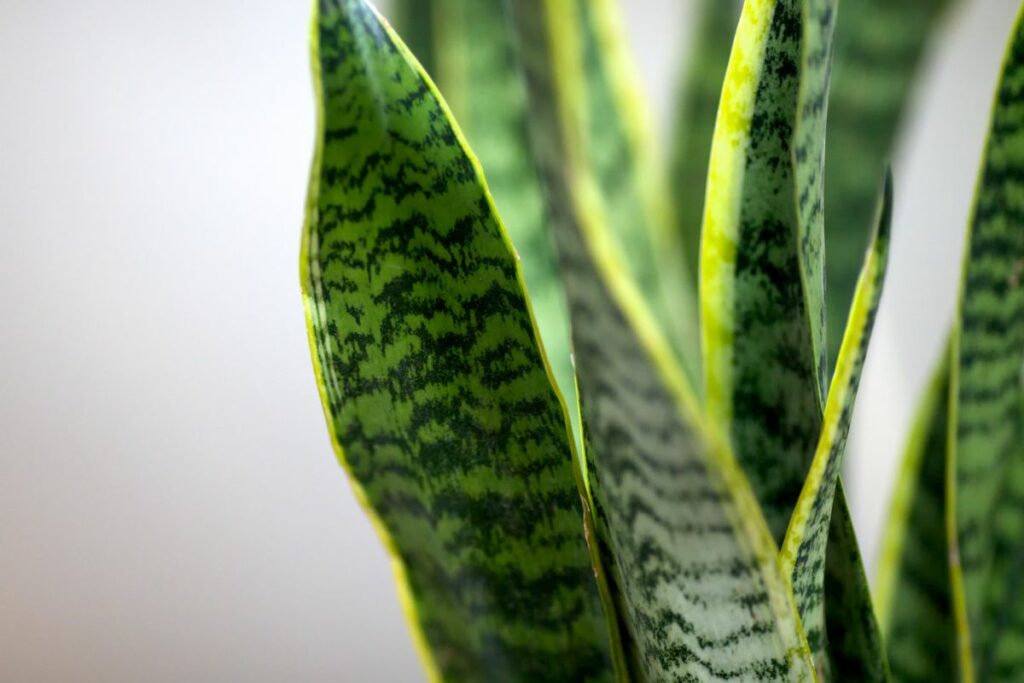
8. Pest Patrol
Snake plants are usually tough enough to fend off pests, but you should keep an eye out for mealybugs and spider mites.
Regular leaf inspections and a quick wipe-down with a damp cloth can help keep your plant healthy and pest-free.
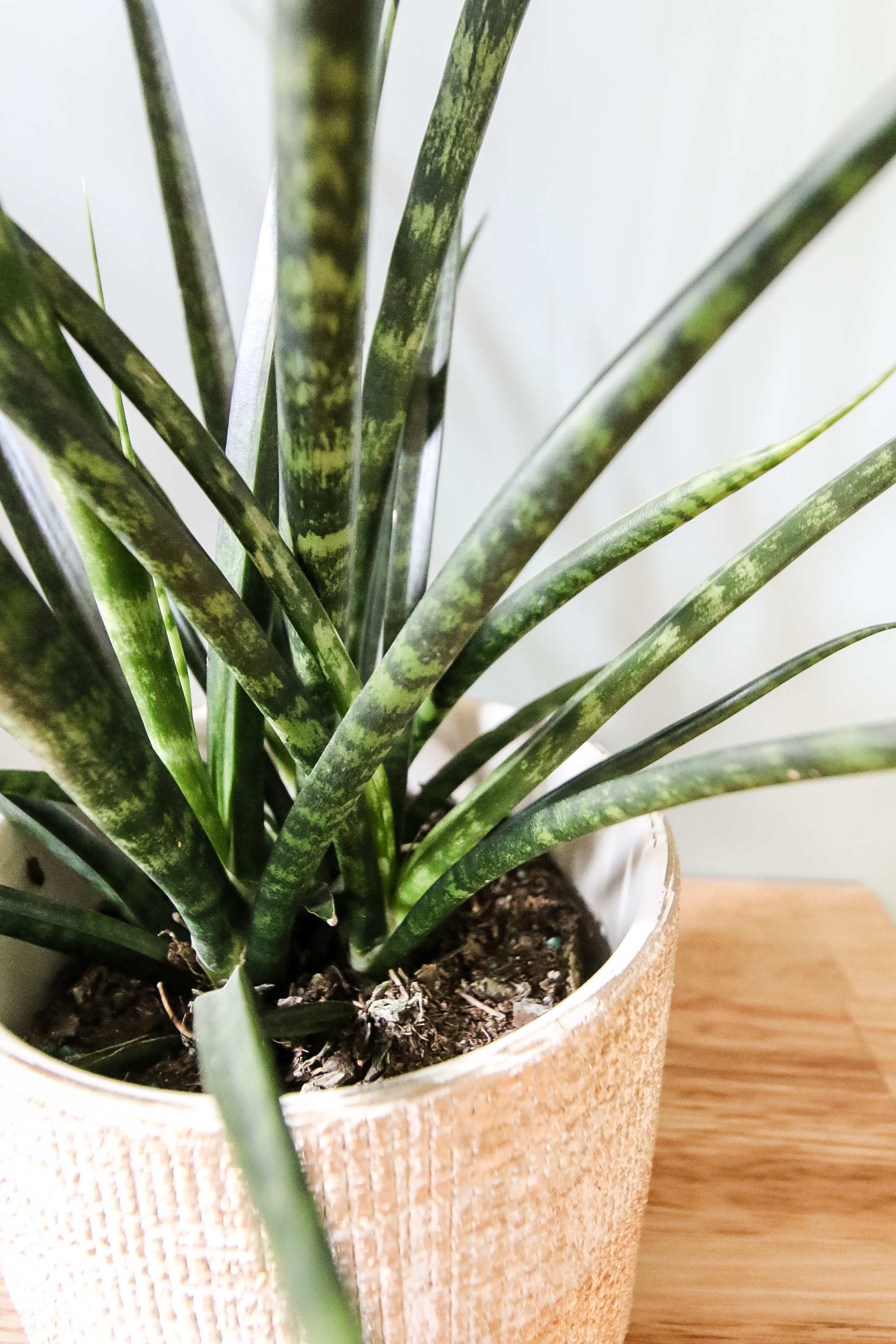
9. Creative Placement
With their striking look and air-purifying abilities, snake plants are both a green friend and a decor piece.
You can use them to elevate a mixed plant display, stand out in a minimalist setup, or brighten up a low-light bathroom. They’re versatile, stylish, and functional.
Before you go...
By embracing these nine tips, you’ll be all set to ensure that your snake plant doesn’t just survive—it thrives!
Whether you're a green thumb newbie or a seasoned plant lover, snake plants bring a unique blend of beauty, resilience, and easy care to your space. Enjoy the lush, air-purifying elegance they add to your home!
Don't forget to download my houseplant care tracker today and keep your plants perfectly hydrated!
Thanks for reading!


Hey there, I'm Morgan, a houseplant enthusiast from sunny Charleston, South Carolina. Growing up surrounded by my mom's lush orchids and African violets, I discovered the magic of bringing nature indoors. Thanks to the pandemic, I delved deeper into houseplants, discovering their power to uplift moods and transform spaces. I'm here to spill all my secrets, helping you pick the perfect houseplant - and make it happy. Let's keep your plants alive, together! 😊




